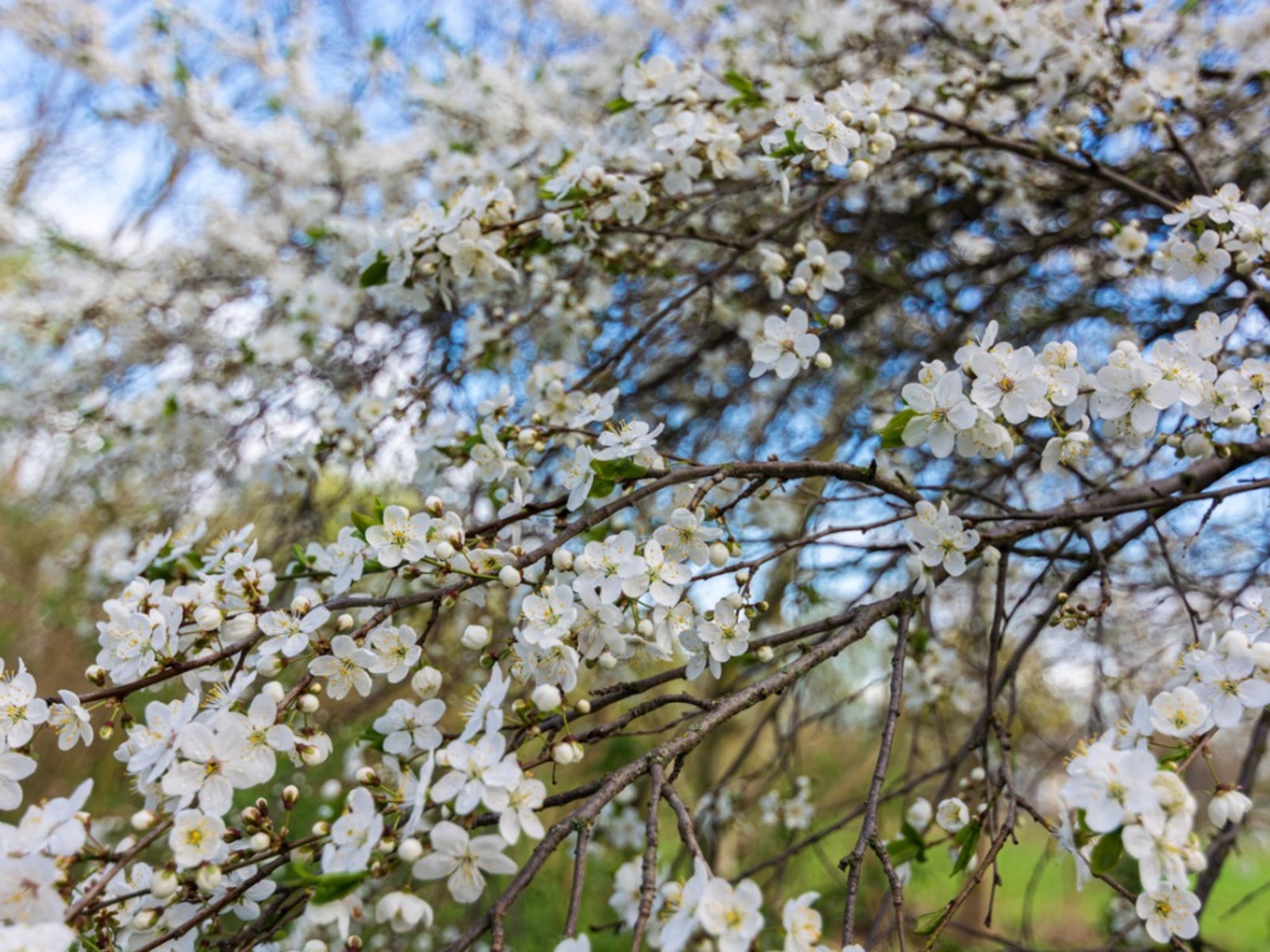What Are Ersinger Fruhzwetsche Plums: Growing An Ersinger Fruhzwetsche Tree


Whether grown for fresh eating, canning, or for use in baking recipes, plum trees are an excellent addition to the home landscape or small-scale orchards. Coming in a range of sizes and tastes, home gardeners are able to choose from a wide variety of plum cultivars in order to find that which fits their needs best. One variety, ‘Ersinger Fruhzwetsche,’ is especially known for its juicy flesh and characteristic sweet taste.
Ersinger Fruhzwetsche Plum Info
Known for its use in cooking and in sweet treats, Ersinger Fruhzwetsche plums are believed to have originated in Germany. In early spring, these plum trees offer gardeners and pollinators a dazzling display of white flower blossoms. Though usually listed as self-fruitful or self-fertile, trees will produce the best harvests when additional pollinator plum trees have been planted. Prone to bearing large crops of fruit, healthy trees will reward growers with ample supply of crisp, marketable plums.
Growing an Ersinger Fruhzwetsche Tree
Growing an Ersinger Fruhzwetsche tree is very similar to planting any other cultivar of plum. Ersinger Fruhzwetsche saplings may be difficult to find at local plant nurseries and garden centers. However, it can be found online. When ordering fruit saplings online, always make certain to order from a reputable source to ensure healthy and disease-free trees. Select a well-draining planting location that receives at least eight hours of sunlight each day. If planting multiple trees, make certain to account for sufficient plant spacing (at maturity) for each tree. Before planting, soak the roots of the bare root trees in water for at least one hour. After soaking, dig and amend a hole at least twice the width and twice the depth of the plum tree’s root ball. Place the tree into the hole and carefully begin to fill it with soil, making certain not to cover the flare at the bottom of the tree called the “collar.” Then, water the tree thoroughly as it settles into its new location. Once the plum has become established, begin a regime of proper orchard maintenance which includes fertilization, irrigation, and pruning.
Sign up for the Gardening Know How newsletter today and receive a free copy of our e-book "How to Grow Delicious Tomatoes".

Tonya Barnett has been gardening for 13 years. Flowers are her passion. She has transformed her backyard into a cut flower garden, which she regularly chronicles on her YouTube channel http://www.youtube.com/@tonyawiththeflowers.